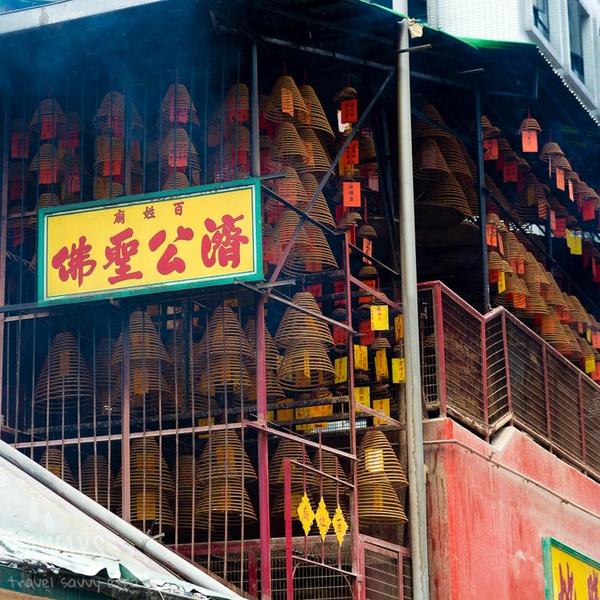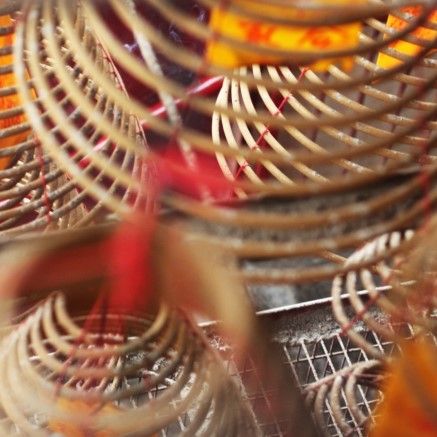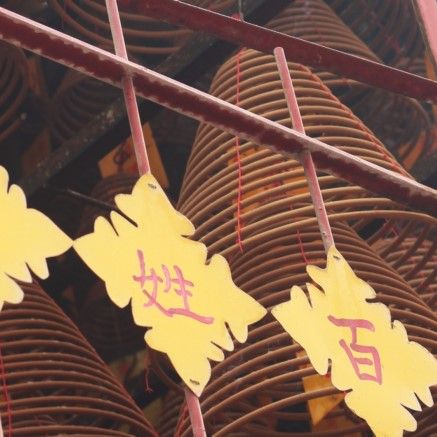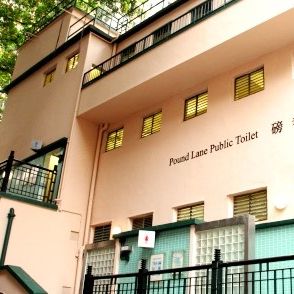
42 Tai Ping Shan Street 太平山街





- 42 Tai Ping Shan Street 太平山街
- Opens daily 9am-5pm
Paak Sing: the temple of 100 names
In the early years of the British colony, Chinese immigrants to Hong Kong were concentrated in a slum-like neighbourhood in present-day Sheung Wan. Life was harsh, and those who died without money for a proper burial or to send their remains back to the mainland ran the risk of becoming wandering souls known as ‘hungry ghosts’. In the absence of relatives to worship their souls or provide offerings, these hungry ghosts would haunt the premises where they died and were believed to actually pose a risk for the neighbourhood community.
This communal ancestral hall in Tai Ping Shan Street provided a practical solution. Here rituals were routinely offered to the spirit tablets of deceased poor Chinese immigrants. It was essentially a gathering place for dead spirits.
In the following years, an estimated 3,000 spirit tablets were housed here, originally on a temporary basis until relatives would collect the tablets to take back to the mainland, but the reality was that the majority of the tablets were never collected. That’s how the temple became commonly known as ‘100 Names Temple’ 百姓廟.
Death house
In the 1860s, the situation at the ancestral hall became completely out of control - and this was even before the devastating outbreak of bubonic plague in 1894. The fear of hungry ghosts saw landlords throw their terminally ill tenants onto the street. For them, the temple was the only place to go. Countless desperate cases were sent there and it became known as a death house. A historical record from 1869 describes the place as ‘the dead and the dying huddled together in indiscriminately small filthy rooms’. It was this episode that triggered the construction of Tung Wah hospital.
Celebrity hot spot
Nowadays the Paak Shing Temple is even more famous as a popular place to pray for matters relating to people and relationships. For many years it has been a hotspot for local celebrities from actors to politicians. They visit the temple to get luck on their side in managing public relations and to nurture creative talents.
Pound Lane bath house

Next to the temple is Pound Lane Bath House, which may look like an ordinary public bathhouse but was in fact a revolution when it opened 1904 after the first horrible outbreak of the plague, as it provided the first shared public bathhouse for men and women. Much needed in an area where very few houses actually had bathrooms or running water, it could accommodate 28 men and 10 women. Hot water was provided free of charge.
Pound Lane escalator
After the success of the Mid Levels escalator, the government is now planning an escalator from Bonham Road to Tai Ping Shan Street. While this HK$200 million investment is undoubtedly welcomed by some, there is a growing group of residents who argue that this escalator fails to fill an infrastructure gap. It connects ‘nowhere to nothing’ and does not link to any transport hubs. They rightfully fear that it will completely transform the area and quite possibly destroy the special character of Pound Lane and the quiet, leafy neighbourhood around it. Follow and support the Pound Lane concern group at their facebook page.
